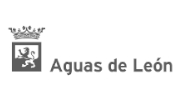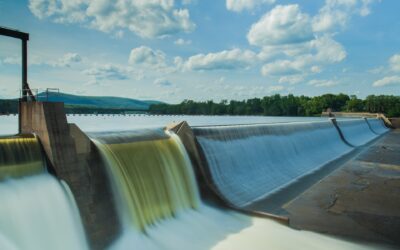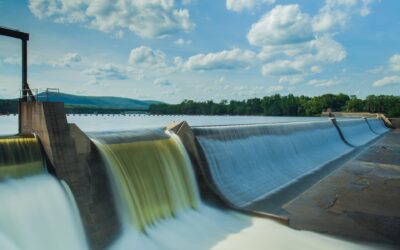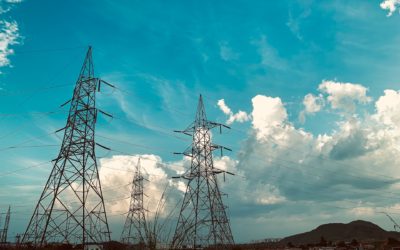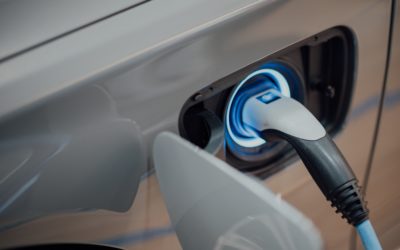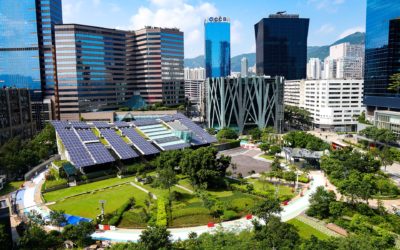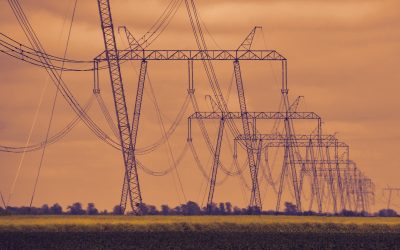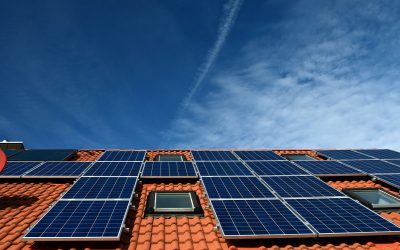cartiF PROJECTS
LIFE NEXUS
Urban water networks a source of renewable energy
Description
What if urban water networks could become a source of renewable energy?
Water and energy are two of the most important resources of the 21st century. In particular, cities are a framework where this water-energy nexus is becoming critical due to demographic movements, economic growth and global change pressures. LIFE NEXUS will show the potential of mini-hydropower systems to recover the untapped energy in existing European water networks.
On the other hand, the Project is creating the first European inventory of potential energy recovery locations. Technical and economic feasibility of new mini-hydraulic projects will be evaluated taking into account the regulations and characteristics of each country.
Objectives
- Assessment of the feasibility of a micro-hydraulic generation system located in the Porma Drinking Water Treatment Plant (DWTP) of León (Spain), which will cover the total demand of the installation with renewable energy.
- Quantify the potential for energy recovery in European cities.
- Contribute to the targets established by the EC to become a global leader in the clean energy transition.
- Increase competitiveness and improve the sustainability and resilience of urban water provision services.
Actions
- Demonstration of a micro-hydraulic prototype (35 kW), based on the innovative integration of a Pump as Turbine (PaT) coupled with battery storage.
- Realization of the first European inventory of the small hydropower potential in urban water networks.
- Replication of the LIFE NEXUS approach in 30 Followers in Europe.
Expected results
- Generation of 215 MWh/year of renewable electricity, harvested from the energy currently dissipated at the entrance of the DWTP.
- 100% Reduction of the GHG emissions from the DWTP. This will suppose 140 t de CO2 equivalent per year of operation.
- Evaluation of the feasibility of new locations taking into account the specific framework conditions of each country.
- Transfer project results to 30 Follower facilities.
Partners:
LIFE Programme
LIFE17 ENV/ES/000252

Total budget: 1.158.188€
EU Contribution: 677.720€
Duration: 01/10/2018 – 31/12/2023

Responsible
PhD. Raquel López Fernández
Energy Division
Networking
Smart Grids projects:
iAMP_Hydro
iAMP-Hydro aims at improving the operation of existing hydropower plants (HPP) through the development of digital solutions which will be integrated into an intelligent Asset Management Platform (iAMP)
D-HYDROFLEX
D-HYFROFLEX seeks research into technological innovations in hydropower plants in search of improved efficiency and sustainability and hydropower competitiveness in modern electricity markets. The project will develop tools for the digital renovation of existing hydroelectric plants based on sensors, digital twins, artificial intelligence, hydrolyser modelling and image processing.
SINNOGENES
SINNOGENES project aims to develop the Storage INNOvations (SINNO) energy toolkit, a complete framework of methodologies, tools and technologies that will enable the grid integration of innovative storage solutions beyond the state-of-the-art, while demonstrating sustainability, technical performance, lifetime, nondependency on location geogrpahical particularities and cost.
PISTIS
PISTIS brings forward a reference federated data sharing/trading and monetisation platform for secure, trusted and controlled exchange and usage of proprietary data assets and data-driven intelligence.
CERFLEX
CERFlex project consist on research in development and TIC solutions implementation moods that help to the deployment in a new concept of energy communities, especially focus on rural environment, facilitating a decentralized management of the energy interchange, the maximum utilisation of the renewable resources and a sustainable consume of the available resources.
AGISTIN
AGISTIN will enable industrial users to rapidly deploy renewable energy through advanced integration of innovative energy storage technologies. The rapid decarbonisation of industry through electrification, the growth of renewables and the need for grid stability represents a unique opportunity for new forms of storage and schemes for grid integration.
ADCONTROL
ADCONTROL is a project that focuses on implementing asset monitoring and control architectures to manage the comfort of dwellings that are part of condominiums or neighbourhoods.
GEDERA
GEDERA is a research project whose objective is the study and development of a multi-agent architecture that allows the development of applications for the smart grid, focusing the project on the management of flexibility in buildings.
EVPLAN
EVPLAN looks for developing tools that use as strategic decision making base that benefit users and future consumers of the electric vehicle
TIGON
The proliferation of renewable energies and the electric charges that operates with continuous current originates a growing interest in electric grids that operates with continuous current. This is due to the higher efficiency, security, flexibility and feasability that grids have than those ones that operates with alternate current.
MUSEGRIDS
The MUSE GRIDS project wants to contribute to the development of interconnected local energy network management systems to make better use of the synergies between these networks.
INTERPRETER
INTERPRETER will overcome these limitations by means of a modular grid management solution consisting of a set of 10 software applications for an optimal design, planning, operation and maintenance of the electricity grid
TALENT
The TALENT project aims to increase the flexibility of the electrical system by reducing the cost associated with the integration of batteries in the electrical network.
SocialRES
The SocialRES project seeks to increase scientific knowledge about the non-technological aspects that prevent the adoption of social energy alternatives such as cooperatives, aggregators or crowdfunding platforms.
OptiGrid
The objective of the Optigrid project is the research and development of concepts and services that allow greater flexibility in electricity generation and demand.
HPCONGRID
HPC Ongrid project collaborates with Siemens Gamesa Renewable Energy (SGRE) in the develop and programming of different components of a hybrid generation plant controller.

